Colored toilet paper, once a must-have household item found in the most stylish bathrooms of the 1960s and 70s, has a unique and interesting history.
From its early introduction to its peak of popularity, colored toilet paper has been influenced by factors ranging from societal trends to technological advancements.
In this exploration, we delve into the colorful history of this bathroom staple, the specific ingredients utilized in its production, and the potential health and environmental impacts.
Finally, we examine the current standing and future scope of colored toilet paper within the global market.
| Aspect | Colored Toilet Paper | Regular White Toilet Paper |
|---|---|---|
| Color Options | Available in various colors, adding a touch of style to your bathroom. | Typically only available in white. |
| Softness | Softness can vary but is generally similar to regular white toilet paper. | Softness can vary, but many options are designed for comfort. |
| Fragrance | Some colored toilet papers may have scents, offering a pleasant aroma. | Usually unscented, but scented options are available. |
| Eco-Friendly | Often not as environmentally friendly due to dyes and additives. | Many options are made from recycled materials and are more eco-friendly. |
| Hypoallergenic | May contain dyes and fragrances that could irritate sensitive skin. | Many white toilet papers are hypoallergenic and suitable for sensitive skin. |
| Price | Colored toilet paper can be more expensive than regular white toilet paper. | Generally more affordable. |
| Aesthetics | Adds a pop of color and uniqueness to your bathroom. | A classic and neutral choice. |
| Biodegradability | May take longer to biodegrade due to dyes and additives. | White toilet paper typically biodegrades faster. |
Colored toilet paper is a novelty product featuring various colors, but it’s not commonly used today due to concerns about dye safety and environmental impact. Traditional white toilet paper remains the standard choice for most households.
History of Colored Toilet Paper
Colored toilet paper first emerged in the mid-20th century
In the United States, during a time when homeowners sought to coordinate every element of their decor — including the bathroom.
Charmin, the most popular toilet paper brand during this period, capitalized on this trend, creating pastel-colored toilet papers to match the diverse interior color schemes of American households.
By the 1970s, these colored toilet papers, in hues of pink, yellow, and blue, were ubiquitous in homes and even some public restrooms.
Colored Toilet Paper: A Declining Popularity from the Late 1980s
In the late 1980s, the popularity of colored toilet paper began to show signs of decline. Consumers raised health and environmental concerns regarding the use of colored toilet paper.
There were widespread reservations about the possibility of dyes causing skin irritation and potentially serious health risks.
Furthermore, there was wide-scale apprehension about the environmental impact of these dyes, particularly their ability to leak into water sources post-flush.
By the time 1990s rolled in, traditional white toilet paper saw a resurgence in popularity as the focus shifted towards health and environmental safety, leaving stylish bathroom décor concepts behind.
However, colored toilet paper is not entirely a thing of the past. Some manufacturers in Europe still produce colored toilet paper, even though they’re a minority in the industry.
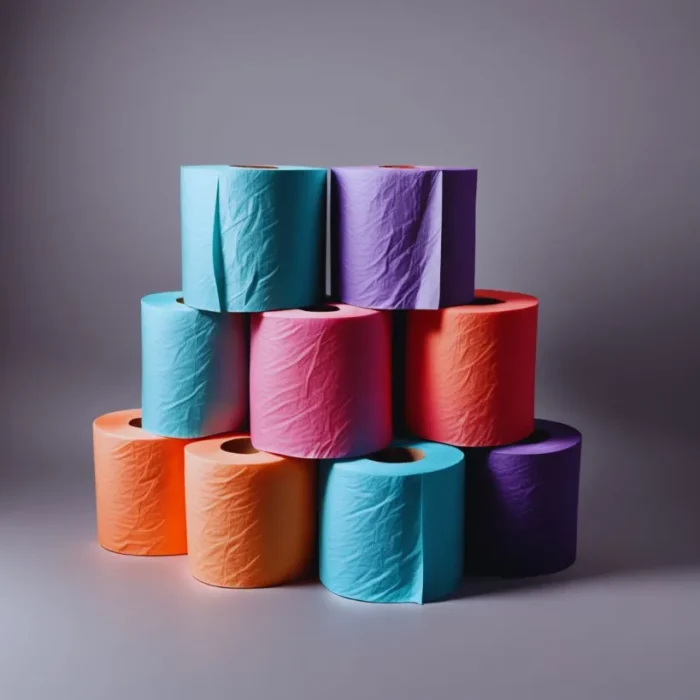
The Popularity of Colored Toilet Paper
Now, let’s talk about why colored toilet paper has become such a hit among consumers. It might seem like a quirky trend, but there are several reasons behind its popularity.
1. Aesthetic Appeal: One of the most obvious reasons for the rise of colored toilet paper is its aesthetic appeal. Regular white toilet paper can be a bit, well, bland. Colored options, on the other hand, add a pop of color to your bathroom. It’s like a mini decor upgrade without the need for a full-scale renovation.
2. Variety of Colors: Colored toilet paper comes in a range of colors, from soft pastels to vibrant hues. This variety allows people to match their bathroom decor or choose a color that resonates with their personal style. It’s a simple way to express yourself in a space that’s often overlooked.
3. Novelty Factor: Many people enjoy the novelty of using colored toilet paper. It’s a small, unexpected twist on a daily routine that can bring a smile to your face. After all, who wouldn’t want to add a bit of fun to their bathroom experience?
4. Conversation Starter: Colored toilet paper is a great conversation starter. When guests use your bathroom, they’re bound to notice and ask about it. It’s a lighthearted topic that can spark interesting discussions and even laughter.
5. Kids and Family Appeal: Families with kids often find colored toilet paper appealing. Children might be more inclined to use it, which can make bathroom time a little easier for parents. Plus, it can be a fun way to teach kids about colors.
6. Special Occasions: Colored toilet paper is also popular for special occasions. Some people use it to add a festive touch to their bathrooms during holidays or parties. It’s a small detail that can make a big difference in creating a themed atmosphere.
7. Gift Idea: Colored toilet paper can be a unique and amusing gift idea. Whether for housewarming, birthdays, or as a gag gift, it’s a memorable present that’s sure to stand out.
8. Personalization: The ability to choose a color that resonates with your personality is another factor driving the popularity of colored toilet paper. It’s a simple way to personalize your bathroom experience and make it uniquely yours.
In a world where we’re increasingly focused on personalization and self-expression, colored toilet paper offers a fun and affordable way to make a statement in an unexpected place.
So, whether you’re in it for the aesthetics, the novelty, or just to bring some color into your daily life, there’s no denying that colored toilet paper has found its place in the hearts and bathrooms of many.
Choosing Colored Toilet Paper: What to Consider
If you’re thinking about making the switch to colored toilet paper, there are several factors to consider to ensure that you choose the right product for your needs and preferences.
Here’s a guide on what to consider when selecting colored toilet paper:
1. Skin Sensitivity: First and foremost, consider your skin’s sensitivity. Some colored toilet paper may contain dyes or fragrances that can potentially irritate sensitive skin. If you have skin conditions or allergies, opt for hypoallergenic or dye-free options to minimize the risk of irritation.
2. Quality and Softness: Colored toilet paper should not compromise on quality and softness. After all, comfort is key when it comes to bathroom tissue. Read product descriptions and user reviews to ensure that the colored toilet paper you choose is soft, absorbent, and comfortable to use.
3. Color Choices: Colored toilet paper comes in a variety of shades, from pastels to bold hues. Consider what color best complements your bathroom decor or your personal preferences. Some people prefer colors that match the overall ambiance of their restroom, while others may choose their favorite colors or those associated with specific moods.
4. Environmental Impact: If you’re environmentally conscious, check whether the colored toilet paper you’re considering is eco-friendly. Look for products made from recycled materials or those that use sustainable manufacturing practices. This choice can help reduce your ecological footprint.
5. Brand and Product Reputation: Research the brand and its reputation. Reputable brands are more likely to produce quality colored toilet paper that meets safety and quality standards. Reading reviews and conducting online research can provide insight into the brand’s reliability.
6. Safety and Allergens: Check the product label for any potential allergens or chemicals. If you have specific allergies or sensitivities, it’s essential to ensure that the colored toilet paper doesn’t contain any irritants. Look for products labeled as dermatologically tested.
7. Septic System Compatibility: If you have a septic system, it’s crucial to choose colored toilet paper that is septic-safe. Check the product description for this information, as using non-septic-safe toilet paper can lead to plumbing issues.
8. Fragrance: Some colored toilet paper may have added fragrances. If you have a preference for scented or unscented toilet paper, make sure to choose a product that aligns with your olfactory preferences.
9. Cost: Colored toilet paper can sometimes be more expensive than traditional white toilet paper. Consider your budget and whether the added cost is worth the aesthetic and sensory benefits of colored toilet paper.
10. Availability: Ensure that the colored toilet paper you choose is readily available in your area or through online retailers. You don’t want to end up with a bathroom decor statement that you can’t sustain.
Selecting colored toilet paper involves considering your skin’s sensitivity, quality, color choices, environmental impact, brand reputation, safety, septic system compatibility, fragrance preferences, cost, and product availability.
By weighing these factors, you can make an informed choice that enhances your bathroom experience and aligns with your personal preferences and values.

Environmental Concerns with Colored Toilet Paper
While colored toilet paper can be a fun addition to your bathroom, it’s essential to consider the environmental impact of this colorful trend. Let’s delve into the environmental concerns associated with colored toilet paper.
1. Manufacturing Process: The process of coloring toilet paper often involves the use of dyes and chemicals. These substances can have environmental consequences. Some manufacturing practices may lead to increased water and energy consumption, as well as the release of pollutants into the environment. It’s essential to choose colored toilet paper brands that employ eco-friendly manufacturing processes.
2. Recyclability: Colored toilet paper can pose challenges to recycling facilities. The dyes and chemicals used in the coloring process can make it more difficult to recycle the paper effectively. As a result, some colored toilet paper may end up in landfills rather than being recycled.
3. Environmental Impact of Dyes: The dyes used in colored toilet paper can raise concerns. Some dyes may contain heavy metals or other potentially harmful substances. These substances can have a negative impact on aquatic ecosystems if they are released into waterways during the manufacturing process.
4. Bleaching Processes: In some cases, colored toilet paper may still undergo a bleaching process to achieve the desired whiteness before coloring. Traditional bleaching methods can produce harmful byproducts like dioxins, which are pollutants known for their adverse environmental effects.
5. Packaging Waste: The packaging of colored toilet paper can also contribute to environmental concerns. Excessive packaging or non-recyclable packaging materials can lead to more waste in landfills.
6. Alternative Eco-Friendly Options: If you’re concerned about the environmental impact of colored toilet paper, consider eco-friendly alternatives. Some brands offer colored toilet paper made from recycled paper or use natural dyes and environmentally responsible production methods. These options aim to minimize the ecological footprint.
7. Sustainable Choices: Look for toilet paper products that have environmental certifications, such as the Forest Stewardship Council (FSC) certification. FSC-certified products are sourced from responsibly managed forests, promoting sustainability.
8. Minimal Usage: One way to mitigate the environmental impact of colored toilet paper is to use it sparingly. Be conscious of how much you use and try to reduce waste in your bathroom.
While colored toilet paper can add a touch of fun to your bathroom, it’s crucial to be mindful of its environmental implications.
To address these concerns, opt for brands that prioritize sustainability, eco-friendly manufacturing practices, and responsible packaging.
By making informed choices, you can enjoy the colorful trend while minimizing its impact on the environment.
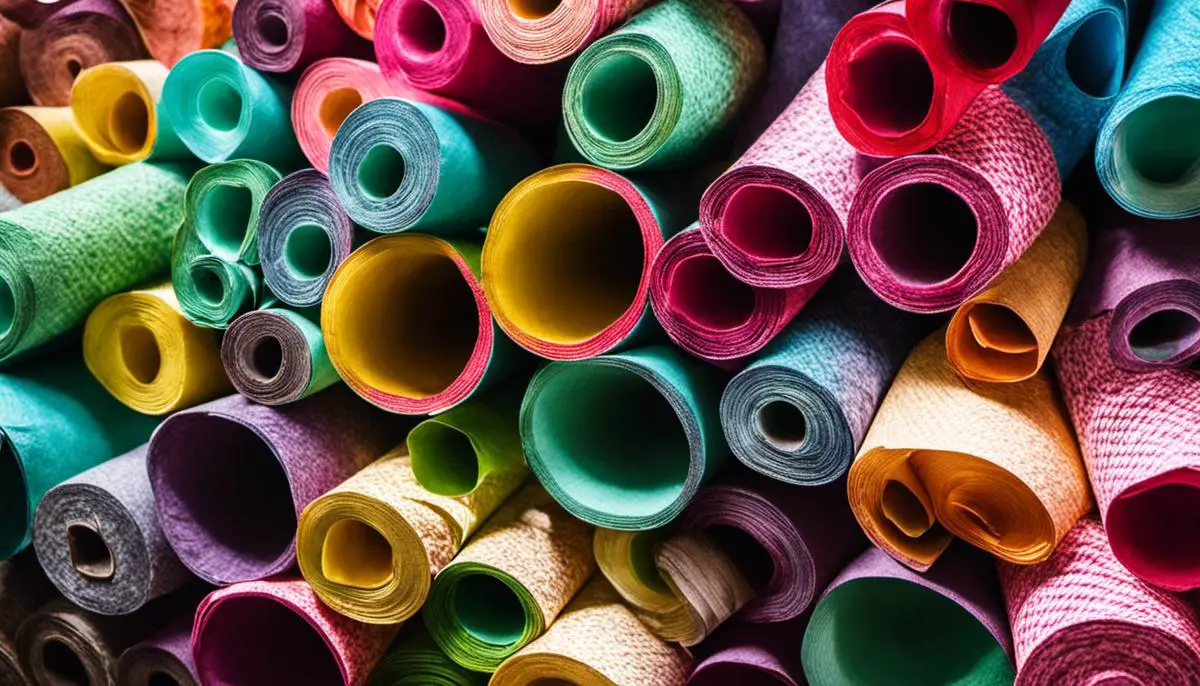
Ingredients Used in Colored Toilet Paper
The Crafting of Colored Toilet Paper
Creating colored toilet paper is a detailed process comprised of various essential components, the most significant of which is dye application.
Dyes are used to give toilet paper a spectrum of colors, ranging from subtle pastels to bold and vibrant shades.
Generally, these dyes are synthesized from petrochemicals, although some manufacturers opt for using natural or organic sources for dyes.
These colorants find their application during the papermaking procedure, wherein the pulp mixture is treated with the dye before undergoing further processing for thin sheet formation. Ultimately, this process results in the creation of colored toilet paper.
Assessing the Impact on Human Health and Environment
Over the years, a growing awareness regarding the potential effects of colored toilet paper on human health and the environment has prompted further investigation.
Certain synthetic dyes, used to color the paper, have been associated with health issues such as allergic reactions and skin irritations.
On the environmental front, the question of their biodegradability arises given that some synthetic dyes take longer to decompose than natural ones, potentially impacting the environment disproportionately.
There’s also the possibility of wastewater from manufacturing plants, containing dye residues, polluting water bodies if not dealt with appropriately.
Regulatory bodies and manufacturers have been working towards counteracting these risks by opting for safer dyes and adopting cleaner manufacturing practices.
Psychology of Color: How Colored Toilet Paper Can Influence Your Mood
Have you ever thought about how the color of your toilet paper might affect your mood and daily experiences in the bathroom? Believe it or not, the psychology of color plays a significant role in influencing our emotions and behaviors. Here, we’ll explore the impact of colored toilet paper on your state of mind and how different colors can create varying psychological effects.
1. Blue Toilet Paper: Blue is often associated with calmness and serenity. Using blue toilet paper might create a soothing and relaxing atmosphere in your bathroom, helping you unwind and de-stress during your bathroom breaks. It’s like bringing a touch of the ocean or a clear sky into your restroom.
2. Green Toilet Paper: Green is linked to nature and tranquility. Choosing green toilet paper can evoke feelings of renewal and freshness. It’s a great choice if you want to create a more environmentally friendly and harmonious bathroom space.
3. Red Toilet Paper: Red is a color of energy and passion. Using red toilet paper can add a vibrant and intense dimension to your bathroom. It might evoke feelings of excitement and vigor, making your bathroom experience feel more dynamic.
4. Yellow Toilet Paper: Yellow is associated with happiness and optimism. Opting for yellow toilet paper can bring a sense of joy and positivity to your bathroom. It’s like a little burst of sunshine in your daily routine.
5. Pink Toilet Paper: Pink is often linked to romance and affection. Using pink toilet paper can create a gentle and nurturing atmosphere. It’s perfect for those who want to infuse a touch of love and tenderness into their bathroom experience.
6. Purple Toilet Paper: Purple symbolizes creativity and luxury. Choosing purple toilet paper can help you feel more imaginative and indulgent during your bathroom visits. It adds a sense of richness and opulence to the space.
7. Orange Toilet Paper: Orange represents enthusiasm and energy. Orange toilet paper can create a lively and enthusiastic environment in your bathroom, helping you start your day with zeal and excitement.
8. Neutral Tones: If you prefer subtlety, neutral-colored toilet paper like beige or gray can help maintain a calm and understated atmosphere. These colors often convey sophistication and elegance.
It’s essential to remember that the psychological effects of color can vary from person to person, and cultural factors can also influence these perceptions. What matters most is choosing a color that resonates with you and creates the desired mood in your bathroom.
DIY Colored Toilet Paper: Adding a Personal Touch to Your Bathroom
Are you feeling creative and looking to add a unique twist to your bathroom experience? Well, you’re in luck because you can actually make your very own colored toilet paper. It’s a fun DIY project that allows you to customize your bathroom essentials to match your style and preferences.
Materials You’ll Need:
- White Toilet Paper Rolls: You can start with regular white toilet paper rolls, which will serve as the base for your DIY project.
- Food Coloring: Pick up some food coloring in the colors you want for your toilet paper. Food coloring is safe for contact with skin, making it an ideal choice for this project.
- Large Container or Bowl: You’ll need a container or a bowl big enough to submerge the toilet paper rolls.
- Water: Make sure to have water at room temperature for mixing with the food coloring.
Steps to Create Your DIY Colored Toilet Paper:
- Prepare Your Workspace: Start by laying out all your materials on a clean and flat surface. Make sure your workspace is well-ventilated and protected from potential spills.
- Mix Your Color: In your large container or bowl, mix the food coloring with water. The ratio of food coloring to water will depend on how vibrant you want the color to be. Experiment with different ratios until you achieve the desired shade.
- Submerge the Toilet Paper Rolls: Carefully submerge the white toilet paper rolls into the colored water mixture. Ensure that the rolls are fully soaked, allowing the color to penetrate the layers of the toilet paper.
- Let Them Dry: Gently remove the toilet paper rolls from the colored water and place them on a clean, dry surface to air dry. This might take a few hours, depending on the humidity in your area. Be patient and let them dry thoroughly.
- Store Your DIY Colored Toilet Paper: Once the rolls are completely dry, you can store them in a cool, dry place for future use. Be sure to keep them in a sealed container to protect the color.
Tips and Tricks for Your DIY Project:
- Experiment with different color combinations to create unique shades that match your bathroom decor.
- If you want a more pastel look, dilute the food coloring with more water. For brighter and bolder colors, use less water.
- You can also add a few drops of essential oils to the water mixture to give your DIY colored toilet paper a pleasant fragrance.
- Keep in mind that the color may not be as intense as commercially produced colored toilet paper, but that’s part of the charm of a DIY project.
- Be cautious while handling food coloring, as it can stain hands and surfaces. Wearing gloves is a good idea.
- If you’re worried about skin sensitivity, you can test a small piece of your DIY colored toilet paper on your skin to ensure it doesn’t cause any irritation.
In the end, creating your own colored toilet paper is a playful and imaginative way to add a personal touch to your bathroom. Whether you’re matching your toilet paper to your bathroom decor or simply indulging your creative side, it’s a delightful and budget-friendly DIY project that’s sure to make your bathroom a bit more colorful and fun!
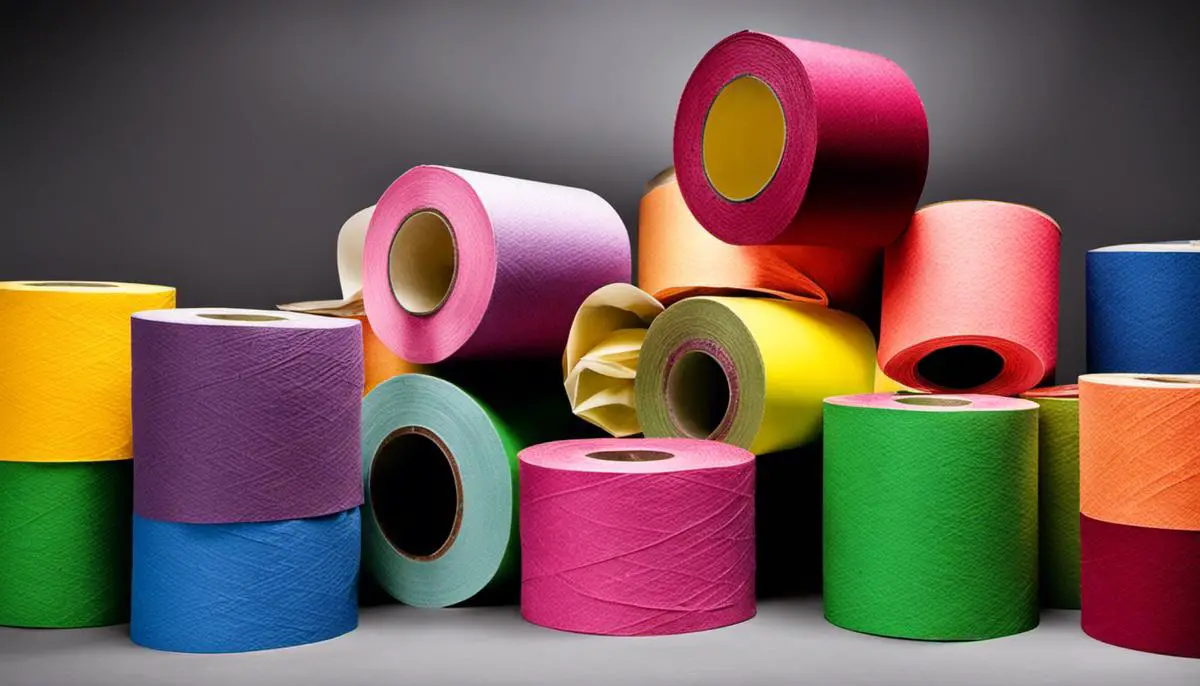
Safety and Health Concerns
Diving Deeper into Safety Aspects
Colored toilet paper, with its interesting appeal rendered by pastel to bright hues, has been a popular choice for its aesthetic appeal and brand uniqueness.
Yet, it’s important to reckon with the safety and health concerns that have come to the fore. It is postulated that the dyes and other chemicals employed in the manufacture of colored toilet paper can possibly turn into allergens and irritants that could cause discomfort to individuals with sensitive skin.
Regular usage or consistent exposure to such toilet paper could give rise to health problems like irritation, itchiness, and rashes.
Studies have also hinted at the potential presence of harmful heavy metals in the dyes, particularly in the darker shades, implicating them as a health risk if used frequently.
Implications from Expert Research
Studies examining the effects of colored toilet paper have consistently found that its regular use may lead to an increased risk of urinary tract infections (UTIs), especially in females.
The prevalent theory is that the dyes used to color the paper can disrupt the skin’s natural pH balance, thus facilitating the growth of harmful bacteria.
Many dermatologists recommend against using colored toilet paper, particularly for individuals with sensitive skin or a history of UTIs.
Despite its aesthetic appeal, the potential health risks connected to the use of colored toilet paper should be carefully considered before choosing it over bleach-free, colorless alternatives.
Is Colored Toilet Paper Safe?
Using colored toilet paper may raise questions about its safety and suitability for everyone. Let’s delve into the details to address these concerns.
First and foremost, colored toilet paper is generally safe for use by the majority of individuals. The coloration process typically involves the use of food-grade dyes that are considered non-toxic and safe for contact with the skin. However, there are a few considerations to keep in mind:
- Skin Sensitivity: Some people may have sensitive skin, allergies, or other skin conditions that can be aggravated by the dyes or fragrances present in colored toilet paper. If you have a known sensitivity or allergy, it’s essential to check the product’s label for any potential irritants. Opting for hypoallergenic or dye-free alternatives might be a better choice for those with sensitive skin.
- Chemicals and Additives: While the dyes used in colored toilet paper are generally safe, some brands may use chemicals or additives in their manufacturing process. It’s advisable to review the ingredients list and opt for products with minimal or no added chemicals.
- Septic Systems: If you have a septic system, you might be concerned about the impact of colored toilet paper on your system’s functionality. Most colored toilet papers are designed to be septic-safe, but it’s always a good idea to check the packaging for any specific information regarding septic system compatibility. If in doubt, consult with your septic system provider for guidance.
- Children and Pets: If you have curious children or pets in your household, be mindful that colored toilet paper might be more tempting to them. While the dyes are typically non-toxic, consuming or playing with colored toilet paper is not recommended. Store it out of reach to avoid any accidental ingestion or mischief.
- Environmental Impact: From an environmental perspective, some colored toilet paper may be less eco-friendly due to the dyes and chemicals used in the manufacturing process. If you’re concerned about the environmental impact, you can look for eco-friendly or recycled options.
While colored toilet paper is generally safe for most people, it’s essential to consider individual sensitivities, septic system compatibility, and the presence of additives.
If you have specific concerns, consult with a healthcare professional or check with the manufacturer for more information about the product’s safety.
Additionally, making an informed choice by reading product labels and considering alternatives is a responsible approach to ensure your comfort and safety when using colored toilet paper.
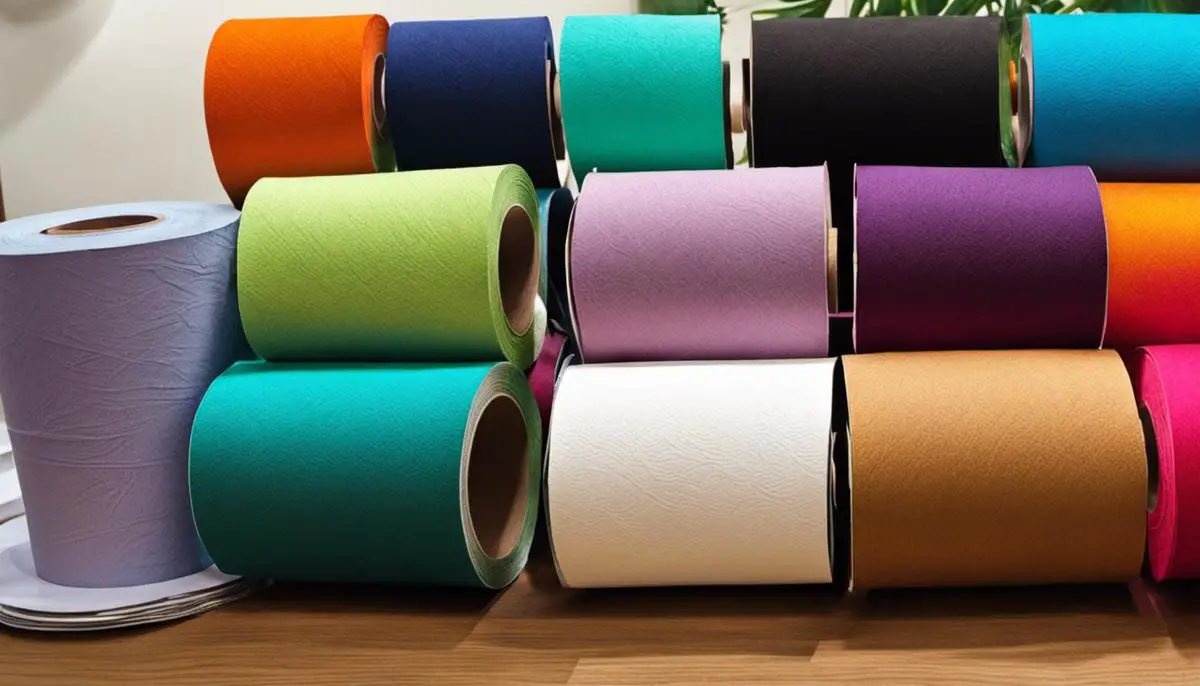
Current Status and Future of Colored Toilet Paper
The Colored Toilet Paper Market Today
Once a popular choice from the 1950s to the 1980s, colored toilet paper has since become a scarce commodity in the modern paper goods industry.
Homeowners once enjoyed matching these colorful rolls with their bathroom interiors, but the demand has since dwindled, leading most manufacturers to discontinue their colored lines.
Today, these products are primarily seen as niche items occasionally found in upscale boutiques or on internet shopping platforms.
Nowadays, the vast majority of toilet paper purchasers opt for the traditional and equally functional white version.
Diminishing Popularity and Future Prospects
There are multiple reasons for the dwindling popularity of colored toilet paper.
The foremost reason is the health concern associated with dyes involved in the coloring process. Potential irritation, allergic reactions, and the risk of contamination caused manufacturers and consumers to second-guess the aesthetic appeal.
Additionally, environmentally-conscious consumers raised concerns about the potential harm that the dyes could cause to the environment.
However, the market could see a revival of colored toilet paper in the future given the advancements in technology.
Safer dye alternatives are coming to the forefront and may soon allow colored toilet paper to be reintroduced without the previous risks.
Biodegradable dyes, which offer vibrant colors without harming the environment or posing health risks, could offer a compromise satisfying both the aesthetic and safety concerns.
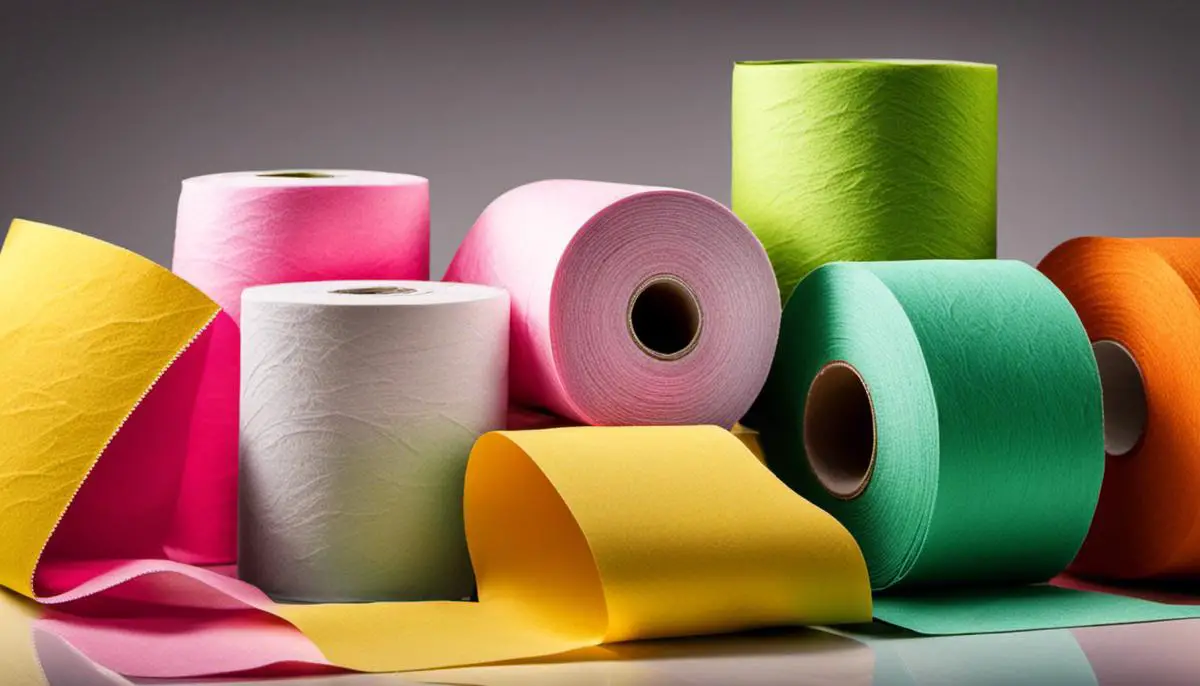
As we have been exploring, the journey of colored toilet paper is a fascinating tapestry woven with societal trends, marketing strategies, and public health considerations. With its popularity having waned mainly due to health and environmental concerns, this once sought-after commodity is now a rarity.
Nevertheless, the future may reveal a resurgence of colored toilet paper, powered by the development of safe dye technologies and a renewed desire for personalization in the bathroom.
The history and evolution of colored toilet paper serve as an interesting study of how consumer preferences, coupled with health and environmental concerns, can shape the life cycle of a product.




![How to Remove Crystallized Urine [Explained]](https://homepander.com/wp-content/uploads/2022/02/How-To-Remove-Crystallized-Urine.jpg)
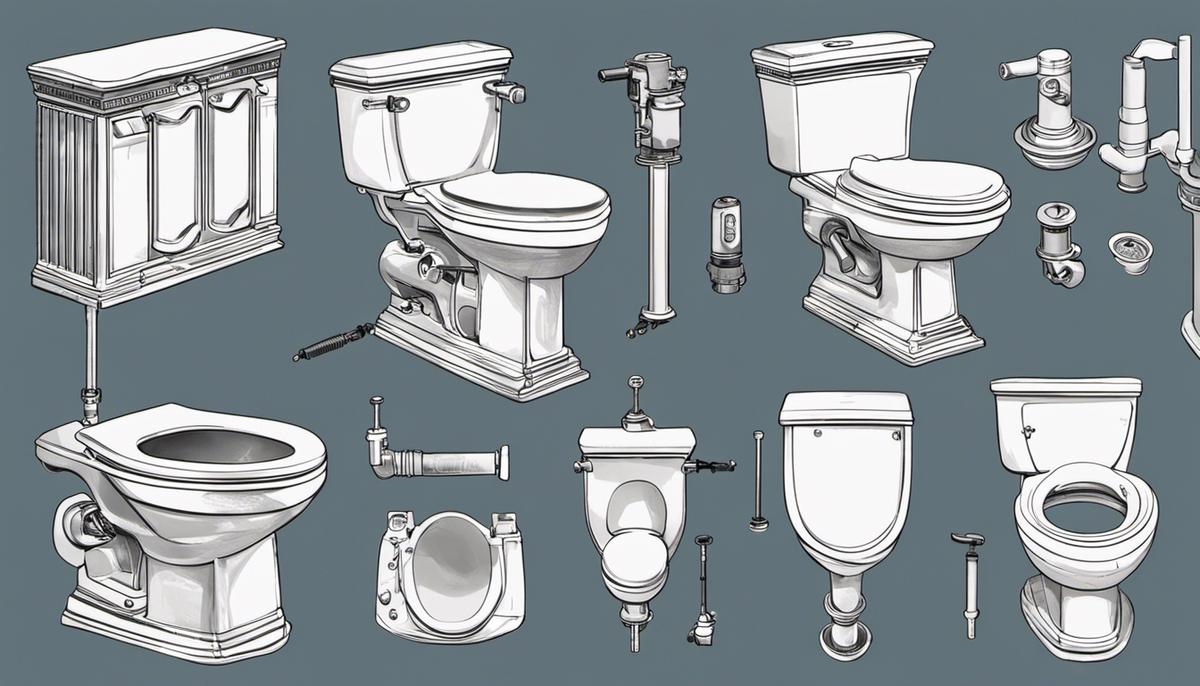
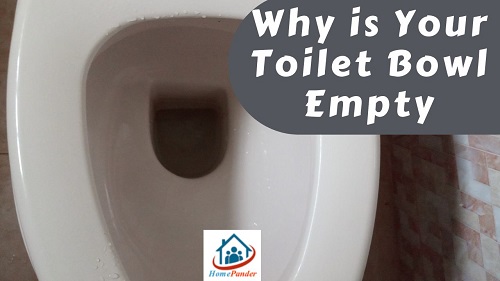
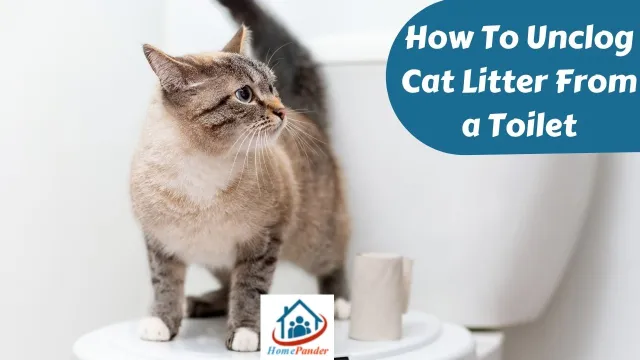

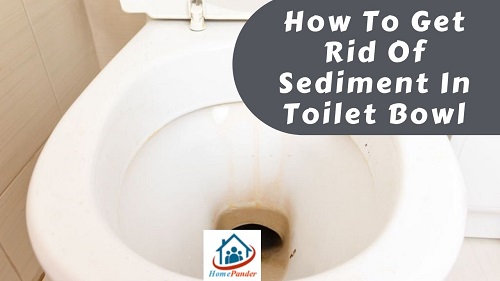
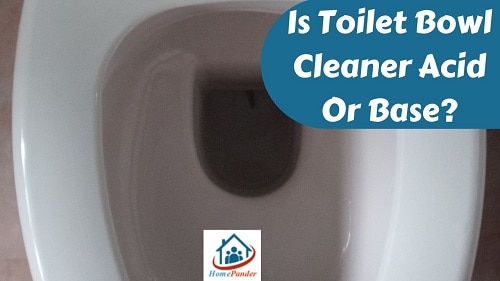
![How To Clean Dark Grout That Has Turned White [5 Easy Ways]](https://homepander.com/wp-content/uploads/2021/12/How-To-Clean-Dark-Grout-That-Has-Turned-White.webp)